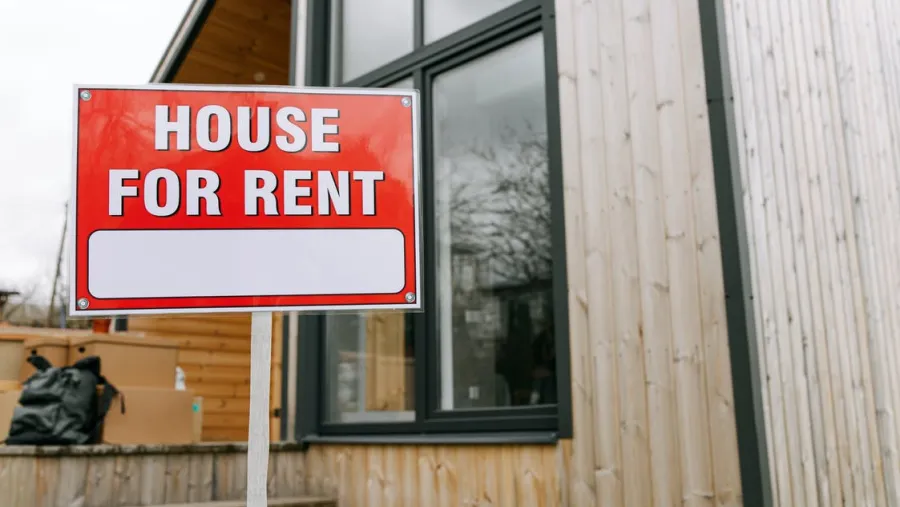
Rental gap between large and small residential units now narrowing in Tokyo
The shrinking supply of smaller units made affordable rents relatively scarce.
According to a Savills report, Tokyo’s rental market is principally made up of compact single-occupier units, typically less than 45 sq m (13.6 tsubo) in size. Such units can often make up as much as 70% or more of the 23W area’s rental listings.
“Unlike Western major global cities such as New York and London, house or apartment sharing does not form a meaningful segment of the rental market. As a result, there is a large, stable market for small- to mid-sized units.”
Here’s more from Savills:
Average rents either decreased or remained unchanged across all three size bands in the C5W over the quarter in Q2/2025. The larger 45-60 sq m size band remained flat QoQ, while the medium 30-45 sq m size band decreased by 0.8% QoQ, and the smaller 15-30 sq m size band decreased by 0.7% QoQ.
Overall, the most recent trend points to a narrowing premium of larger size-band units over smaller units. Indeed, in previous years, larger units had been seen as more desirable for development given the changing working and living styles induced by the pandemic and the general scarcity of such units. That said, according to the Ministry of Land, Industry, Transport, and Tourism (MLIT), there has been a greater supply of larger size-band rental residential units in 2024 compared to previous years.
This contrasts with the shrinking supply of smaller size-band units, and this trend appears to have contributed to a relative scarcity of smaller affordable units in the C5W. Moving forward, the market should continue to see tight demand and steady rental growth moving forward for centrally located units in the smaller size-bands, especially due to greater office participation, and a tighter balance should continue across all size-bands.


















 Advertise
Advertise







